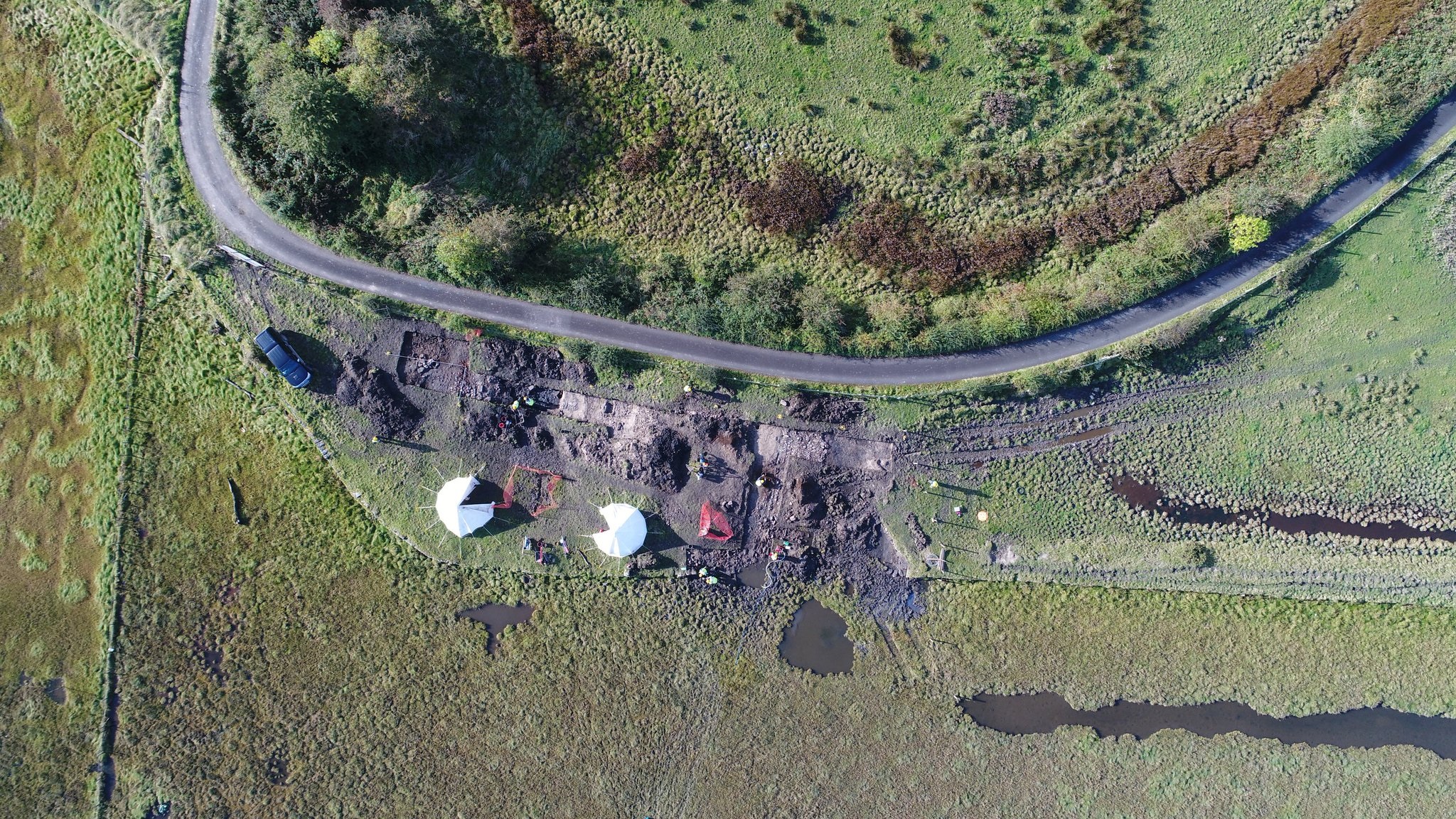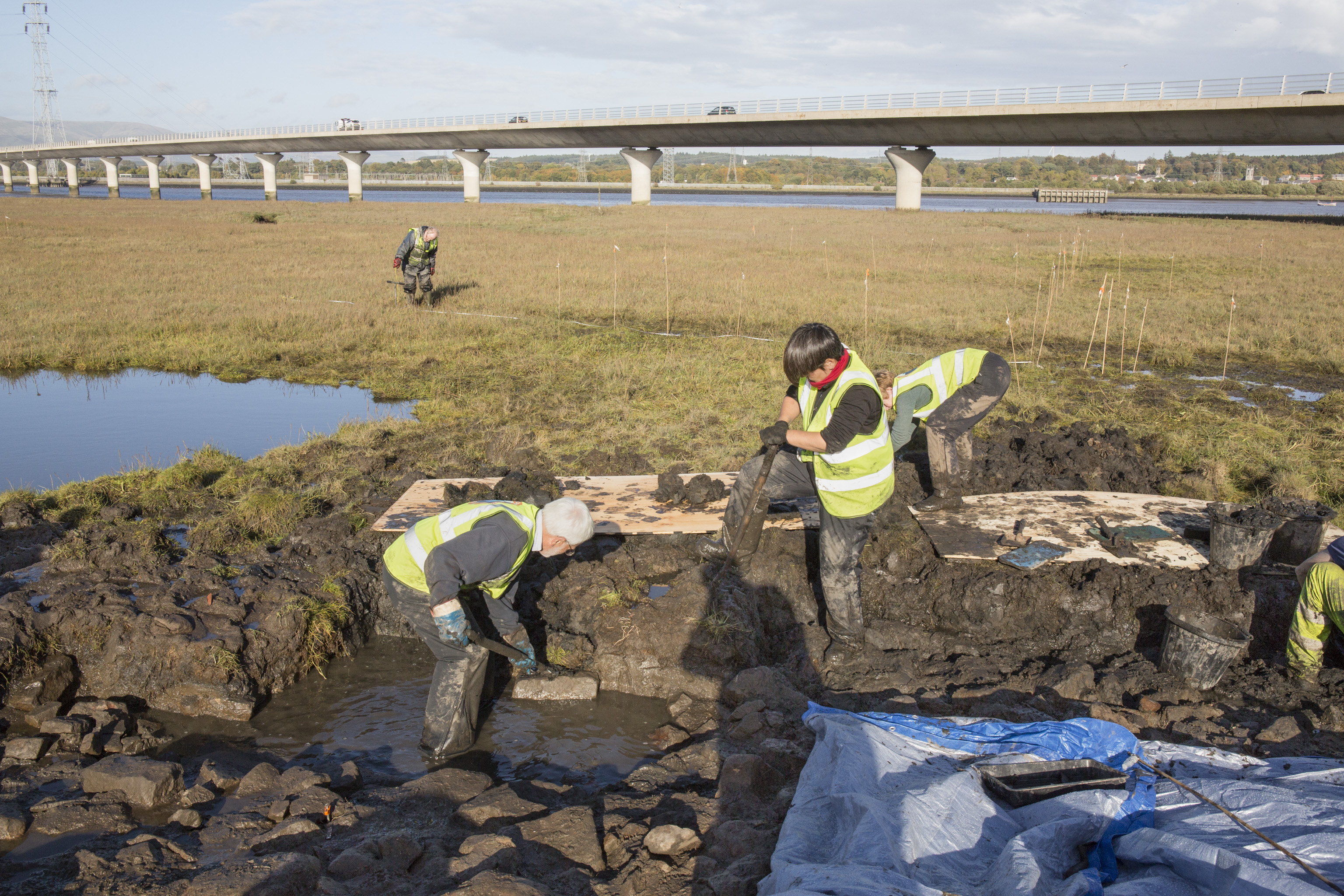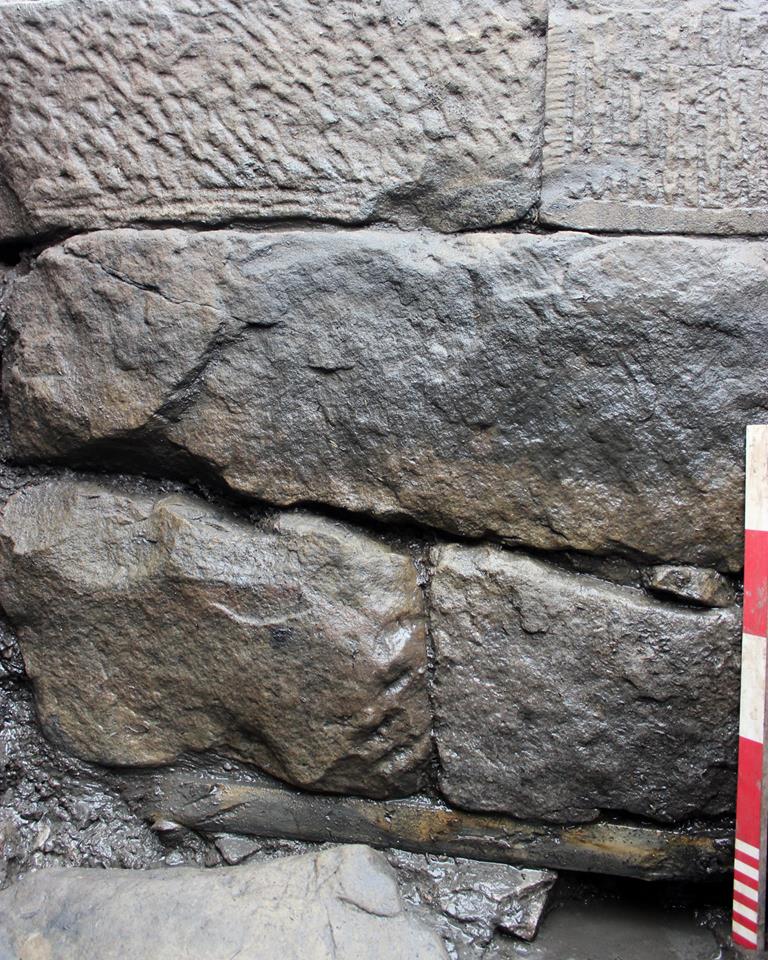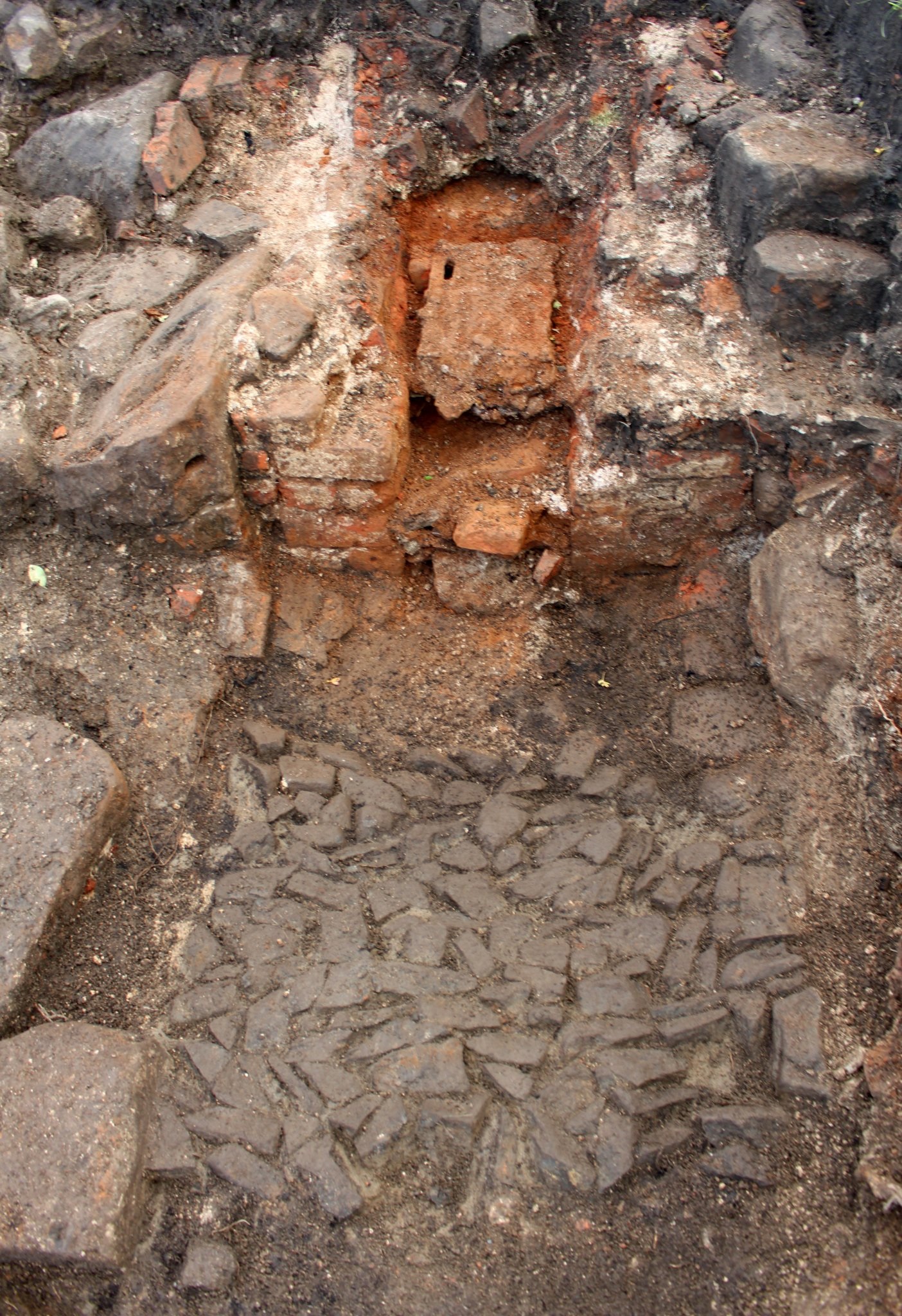The Hidden Remains of Higgins Neuk
The Hidden Remains of Higgins Neuk is a project based around community research and archeological investigations of a former royal dockyard in Airth.
The Higgins Neuk site, located just outside the town of Airth next to the Clackmannanshire Bridge, was the focus of decades of research by local historian John Reid, who argued that it was formerly the site of a Royal dockyard used to house the 'Great' Michael. After construction on the Michael was completed in 1511 it was the largest ship in the world, and although it was was soon overtaken in size by a ship built for Henry VIII of England, but even it's brief time on the Forth reflects the river's position as an important area of influence and trade.
Led by SCAPE (Scottish Coastal Archaeology and the Problem of Erosion), communities will research, survey, excavate and map the area around Higgins Neuk, which comprises a series of docks and mills.
The project began in 2016 with geophysical surveying and soil sampling, and will involve volunteers in investigating and revealing the environmental and cultural history of the landscape at Higgins Neuk.
During the initial works SCAPE hosted guided walks and tours of the site, as well as workshops, talks and publications to share the findings of the research.
The first part of this project took place on the 15th of September, with a public meeting held in Airth were people were invited to hear more about the project and the various ways of getting involved, followed by a guided walk of the site on the 24th of September, coinciding with the Inner Forth Festival, and further fieldwork and public meetings in the closing few months of 2016. To find out more about the initial fieldwork carried out at Higgins Neuk you can have a look at the SCAPE Trust blog.

Aerial view of the Higgins Neuk site. Photo: SCAPE Trust
All this lead to a large-scale archaeological dig, which took place in October 2017, and again was led by SCAPE and assisted by volunteers from the local area. The excavations uncovered a sea wall, as well as a stone pier attached to it. Underneath this the group found more wooden foundations, which will not only allow for carbondating to provide a better date of construction, but heavily suggest that the feature was built in the Medieval era. Also uncovered was the hearth of a mill which was built on the site later.

Excavating the stone pier trench. Photo: David Palmar

The bottom of the stone pier, and the wooden foundations underneath. Photo: SCAPE Trust

Brick-lined hearth. Photo: SCAPE Trust

